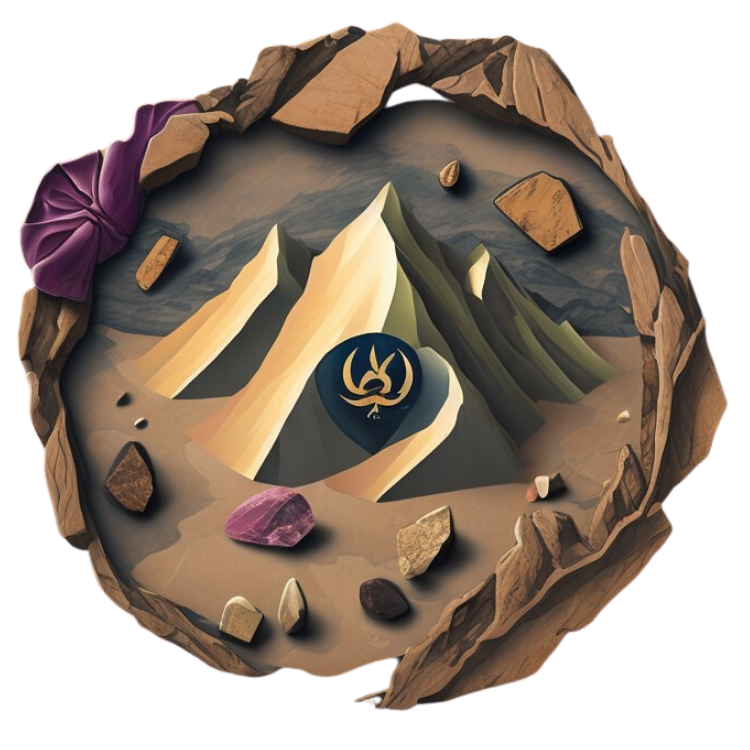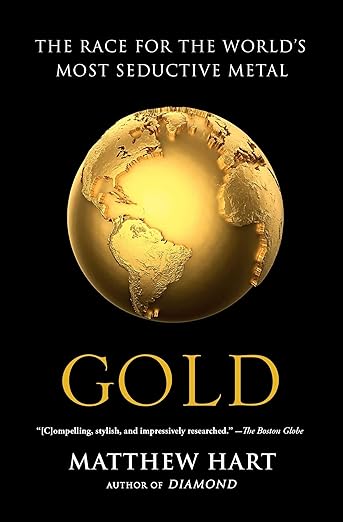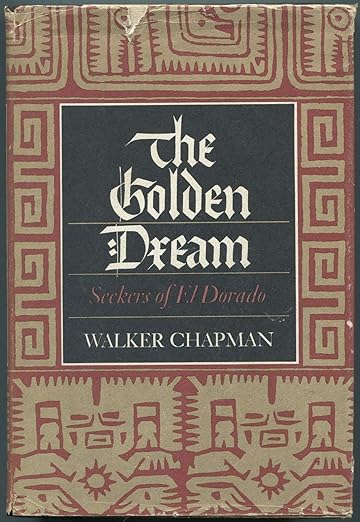
Gold, a metal revered for its radiant beauty and enduring value, has captivated humanity for millennia. Its allure has sparked countless tales of adventure, conquest, and prosperity. From ancient civilizations to modern societies, the pursuit of gold has shaped economies, fueled exploration, and inspired artistic expression. Join us as we delve into the captivating history of gold, tracing its significance through the ages and across continents.
Timeline of Gold's History
Prehistoric Times:
- Early humans discover and collect gold nuggets.
- Gold used for ornamentation and decorative objects.
Ancient Civilizations (3000 BCE - 1000 BCE):
- Gold becomes a symbol of wealth, power, and divinity.
- Development of goldsmithing techniques and intricate jewelry.
Medieval Period (5th to 15th Centuries):
- Gold used in religious artifacts, illuminated manuscripts, and royal regalia.
- Alchemists attempt to transmute base metals into gold.
Renaissance (16th to 17th Centuries):
- European exploration and colonization were fueled by the quest for gold.
- Gold rushes in the Americas and Australia transformed societies.
18th Century to 19th Century:
- Gold standard adopted by many countries, linking currency to gold reserves.
- The Industrial Revolution increases the demand for gold in manufacturing and technology.
20th Century to Present:
- Gold remains a safe-haven investment and a symbol of luxury.
- Advancements in mining technology and exploration techniques.
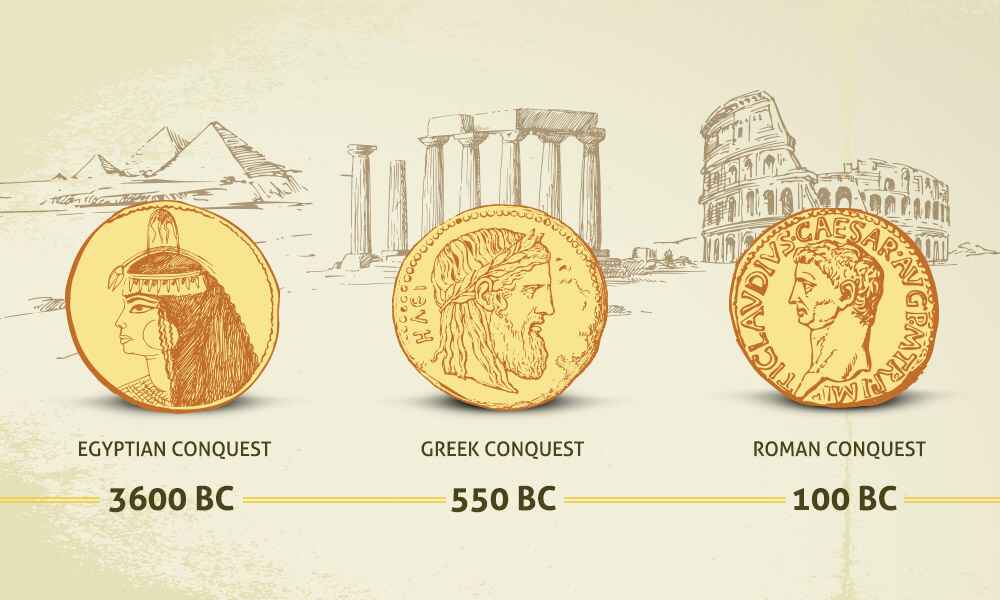
Early Beginnings: Gold's Allure in Prehistory
The story of gold begins in the depths of prehistory when early humans stumbled upon shimmering nuggets in riverbeds and rocky outcrops. The metal's unique properties - its malleability, resistance to tarnish, and radiant luster - quickly captivated our ancestors. Gold became a prized material for crafting ornaments, amulets, and decorative objects.
Ancient Civilizations: Gold as a Symbol of Power and Divinity
As civilizations emerged, gold's significance grew exponentially. In ancient Egypt, gold was associated with the gods and the sun, symbolizing immortality and divine power. Pharaohs adorned themselves with elaborate gold jewelry and funerary masks, believing it would ensure their passage to the afterlife.
The allure of gold extended to other ancient cultures as well. In Mesopotamia, gold was used to create intricate jewelry, ceremonial vessels, and decorative elements for temples and palaces. The ancient Greeks and Romans crafted exquisite gold coins, statues, and jewelry, showcasing their mastery of goldsmithing techniques.
Medieval Period: Gold in Religion and Royalty
During the Middle Ages, gold continued to hold immense value, both in religious and secular contexts. Churches and cathedrals were adorned with gold leaf, illuminating sacred texts and religious icons. Gold was also a prominent feature in royal regalia, symbolizing the power and authority of monarchs.
The Renaissance: Gold and the Age of Exploration
The Renaissance marked a turning point in the history of gold. The quest for wealth and new trade routes fueled European exploration and colonization. The discovery of gold in the Americas led to a frenzy of activity, as conquistadors and adventurers sought to amass fortunes.
The 18th and 19th Centuries: Gold and the Industrial Revolution
The Industrial Revolution brought about significant changes in the role of gold. The adoption of the gold standard by many countries linked their currencies to gold reserves, establishing a stable economic system. Gold also found new applications in manufacturing and technology, as its conductive properties proved valuable in electronics and other industries.
The 20th Century and Beyond: Gold as a Safe Haven and Luxury
In the 20th century, gold maintained its status as a safe-haven investment, sought after during times of economic uncertainty. It also remained a symbol of luxury and prestige, sought after for jewelry, watches, and other high-end goods.
Notable Gold Discoveries and Locations
Ancient Finds:
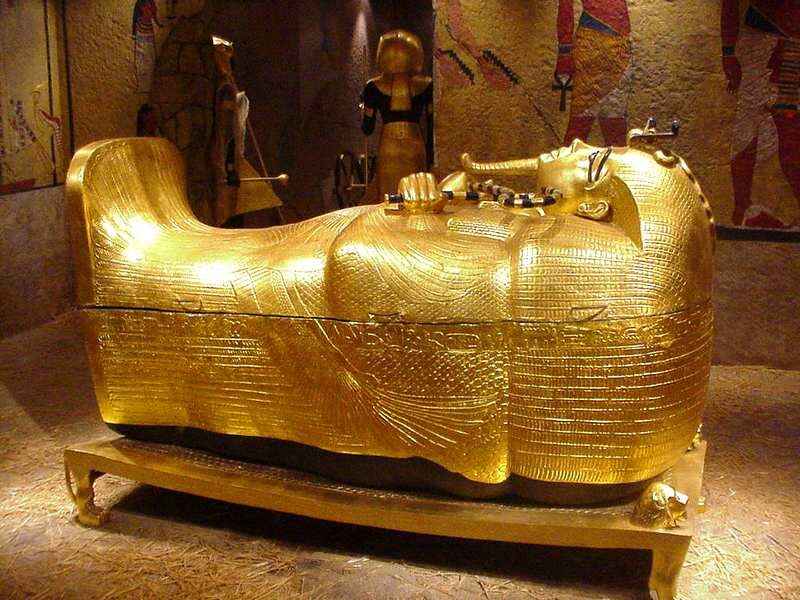
- Tomb of Tutankhamun, Egypt (1332 BC): The young pharaoh's tomb contained a wealth of gold artifacts, including his iconic gold mask, showcasing the opulence and artistry of ancient Egypt.
- Pactolus River, Turkey: According to legend, King Midas bathed in this river, granting him the power to turn everything he touched into gold. The river was also a source of alluvial gold, attracting prospectors for centuries.
- Witwatersrand Basin, South Africa: This geological formation contains the largest known gold deposits in the world, accounting for a significant portion of global gold production.
19th & 20th Century Finds:
- California Gold Rush, USA (1848): The discovery of gold at Sutter's Mill sparked a massive influx of prospectors, transforming California and shaping the American West.
- Klondike Gold Rush, Canada (1896): This gold rush in the Yukon Territory drew thousands of fortune seekers, enduring harsh conditions in their quest for riches.
- Super Pit, Australia: This open-pit gold mine in Kalgoorlie is one of the largest in the world, producing vast quantities of gold and contributing significantly to Australia's economy.
Modern Day Discoveries:
- Lihir Island, Papua New Guinea: This volcanic island is home to a large gold mine, known for its unique geological setting and environmental challenges.
- Pueblo Viejo, Dominican Republic: This mine is one of the largest gold producers in Latin America, employing thousands of people and contributing to the country's economic development.
- Olimpiada, Russia: This mine in Siberia is one of the largest gold mines in Russia, operating in a remote and challenging environment.
Notable Gold Mining Locations
Ancient World:
- Nubia, Egypt: This region was a major source of gold for ancient Egypt, with mines operating for centuries to supply the pharaohs with this precious metal.
- Kolar Gold Fields, India: These mines have been in operation for over a century, producing significant quantities of gold and contributing to India's rich gold-mining heritage.
- Las Médulas, Spain: This Roman gold mine, now a UNESCO World Heritage Site, showcases the impressive engineering feats and environmental impact of ancient mining practices.
19th & 20th Centuries:
- Homestake Mine, South Dakota, USA: This historic gold mine operated for over a century, producing millions of ounces of gold and playing a crucial role in the development of the Black Hills region.
- Mother Lode, California, USA: This gold-bearing vein system stretching for over 120 miles was the heart of the California Gold Rush, attracting prospectors from around the world.
- Golden Mile, Kalgoorlie, Australia: This stretch of land contains some of the richest gold deposits in the world, with numerous mines operating for over a century.
International Locales:
- Grasberg Mine, Indonesia: This massive open-pit copper and gold mine is one of the largest in the world, located in a remote and mountainous region of Papua.
- Yanacocha, Peru: This gold mine is one of the largest in South America, known for its high-altitude location and challenging operating conditions.
- Carlin Trend, Nevada, USA: This prolific gold-mining district has produced billions of dollars worth of gold, transforming Nevada into a major gold-producing state.
Gold Prospecting Locations in the United States of America
Resources and Further Reading
Books and Publications:
Websites and Online Resources:
- World Gold Council: This organization provides comprehensive information on gold's history, production, and uses.
- U.S. Geological Survey: This government agency offers detailed reports and statistics on gold mining and exploration.
- The Gold Museum, Bogotá: This museum houses a vast collection of pre-Columbian gold artifacts, showcasing the artistry and cultural significance of gold in ancient civilizations.
By exploring these resources, you can gain a deeper appreciation for the enduring allure of gold and its profound impact on human history.
